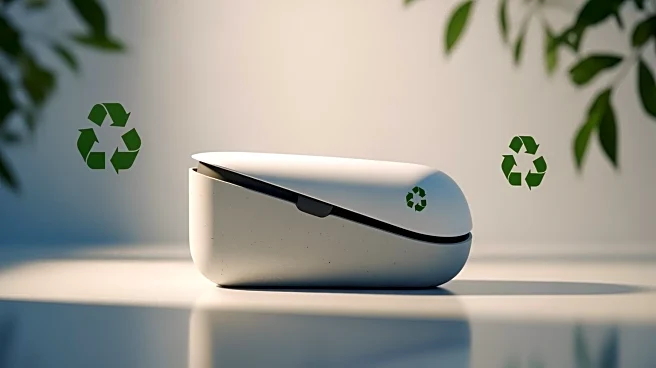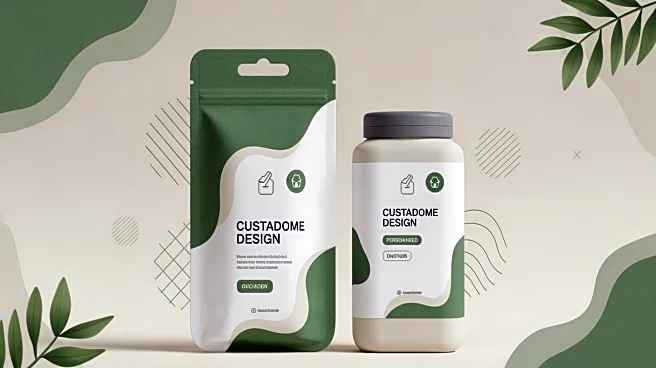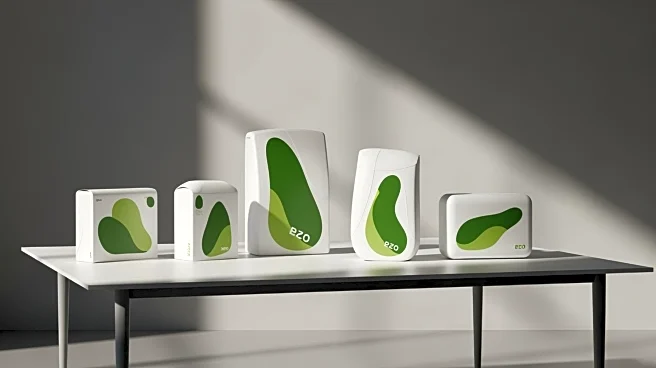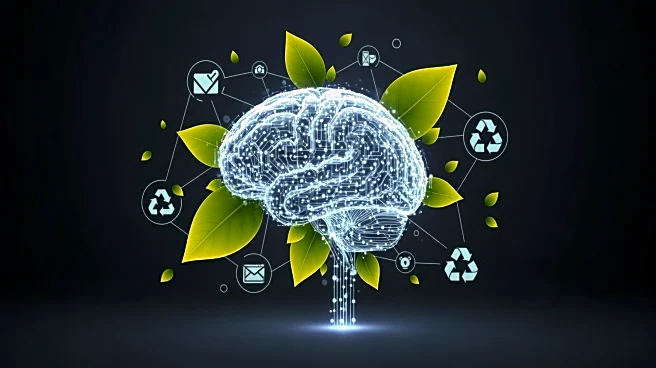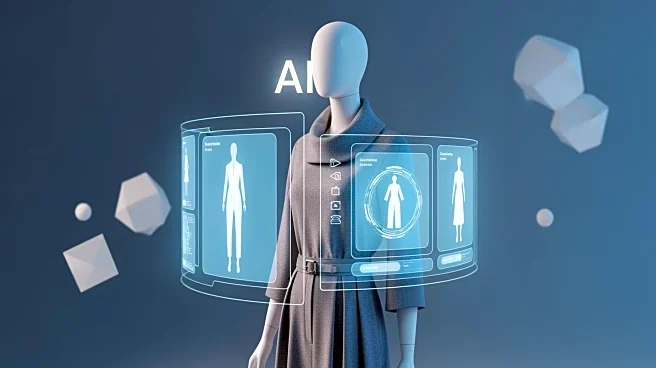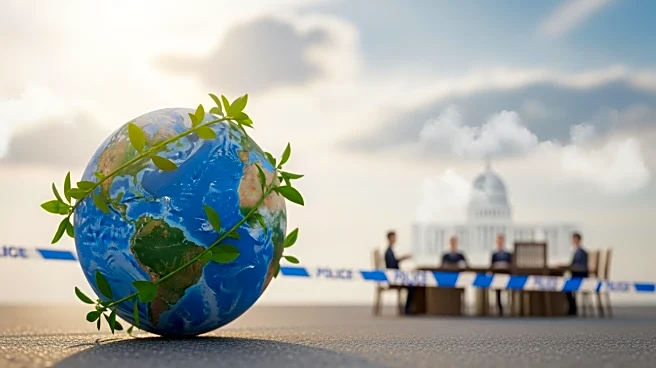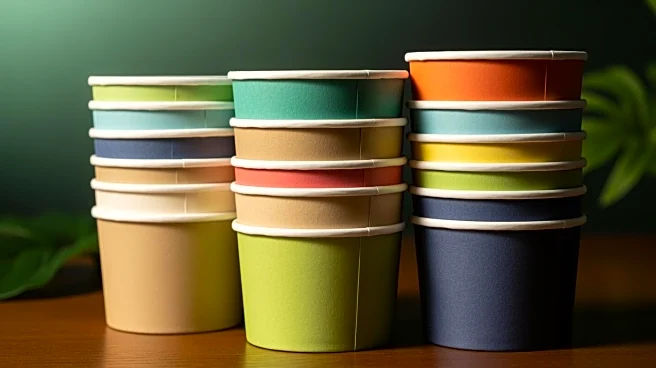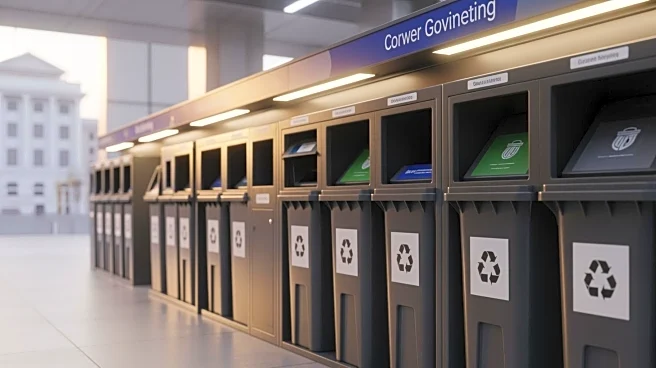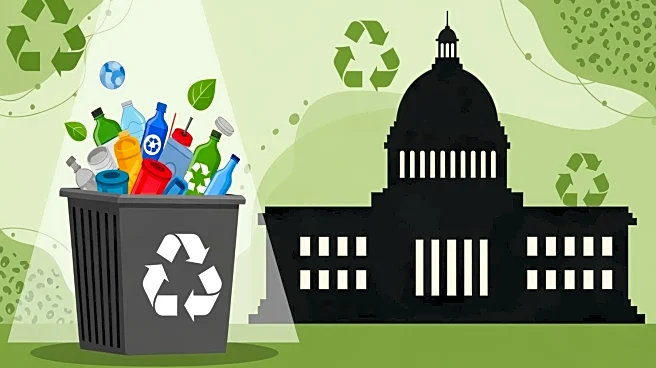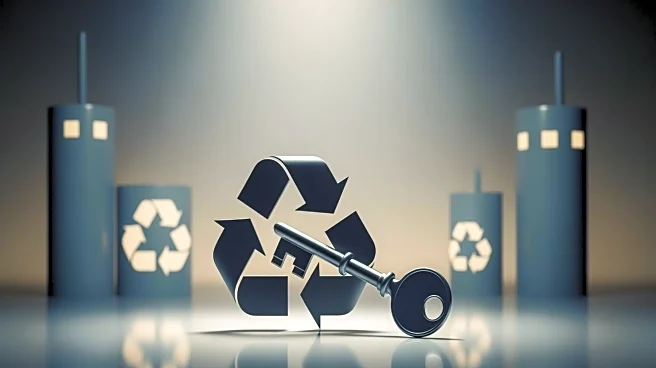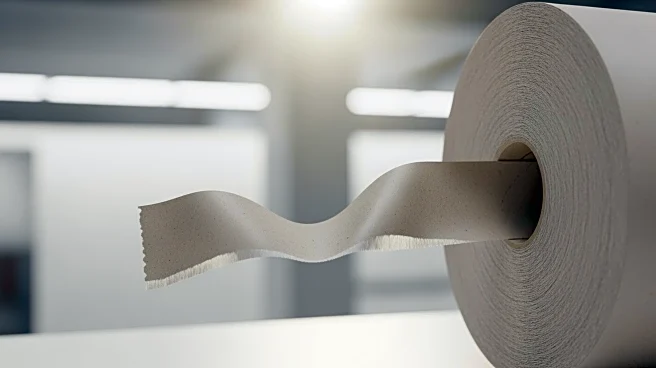What's Happening?
Think Tank Creative, a UK-based packaging design agency, has unveiled its predictions for packaging trends in 2026. The agency anticipates a continued shift towards sustainable packaging solutions, particularly
the use of paper as a primary material. This trend is driven by the need to reduce environmental impact, as paper is cost-effective, versatile, recyclable, and less carbon-intensive compared to plastic. Additionally, larger brands are exploring bio-based materials such as sugarcane fibers and coconut husks, which are biodegradable and derived from waste streams. The agency also foresees an expansion in the applications of paper and paper-based hybrids, ranging from luxury packaging to industrial solutions. Furthermore, Think Tank Creative highlights the growing importance of personalized and subscription-based packaging models, which are increasingly expected to be reusable or compostable. AI is seen as a supportive tool in packaging design, enhancing the value of creative teams focused on sustainability.
Why It's Important?
The predictions by Think Tank Creative underscore a significant shift in the packaging industry towards sustainability, which is crucial for reducing environmental impact. As consumers become more environmentally conscious, brands that adopt sustainable packaging solutions stand to gain favor with eco-minded audiences. The move towards bio-based materials and paper-based packaging reflects a broader industry trend of prioritizing environmental responsibility. Additionally, the emphasis on personalized and subscription-based models aligns with consumer demand for convenience and customization, potentially driving brand loyalty and customer satisfaction. The integration of AI in packaging design could streamline processes and enhance innovation, although human creativity remains essential for interpreting brand tone and consumer emotions.
What's Next?
As the packaging industry evolves, brands are likely to continue investing in sustainable materials and innovative packaging solutions. The shift towards biodegradable alternatives and refill models may lead to new business opportunities and collaborations. Companies might explore partnerships with material suppliers to develop eco-friendly packaging options. The role of AI in packaging design is expected to grow, providing support in prototyping and layout generation, while creative teams focus on delivering unique brand experiences. Brands that successfully integrate sustainability with convenience and personalization in their packaging strategies are likely to thrive in the competitive market.
Beyond the Headlines
The focus on sustainable packaging reflects broader societal shifts towards environmental responsibility and ethical consumerism. As brands adopt eco-friendly practices, they contribute to reducing waste and carbon emissions, aligning with global sustainability goals. The rise of refill models and biodegradable materials also highlights the importance of circular economy principles, where products are designed for reuse and recycling. This trend may influence regulatory policies and industry standards, encouraging more companies to prioritize sustainability in their operations.
